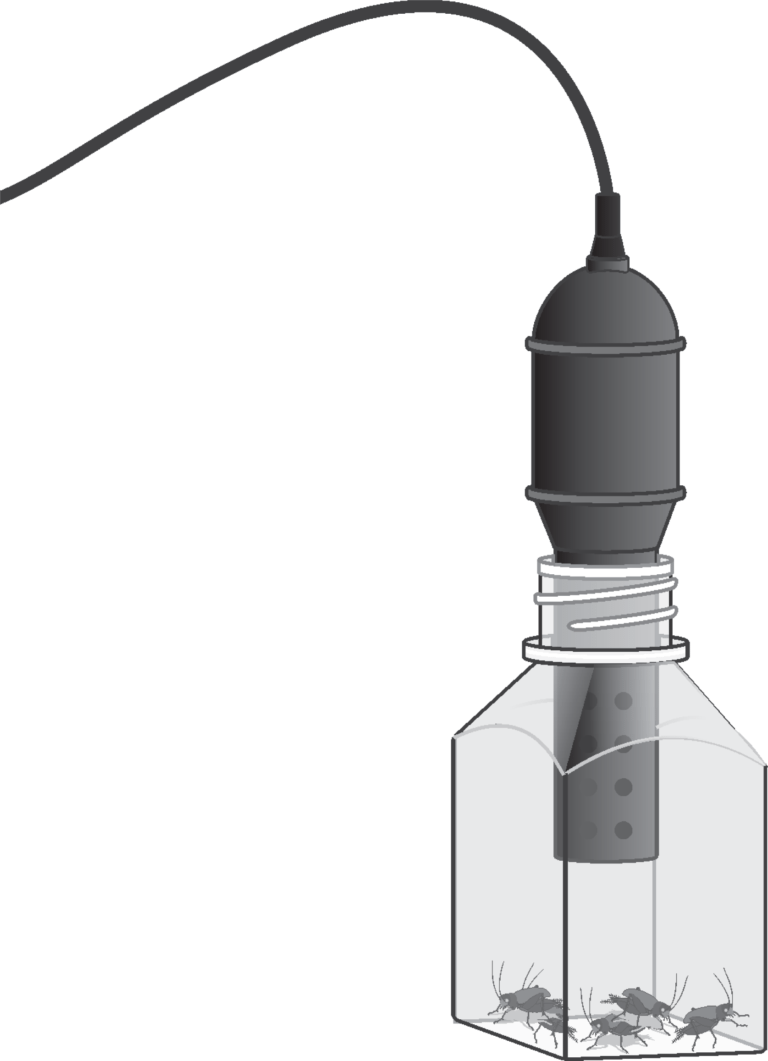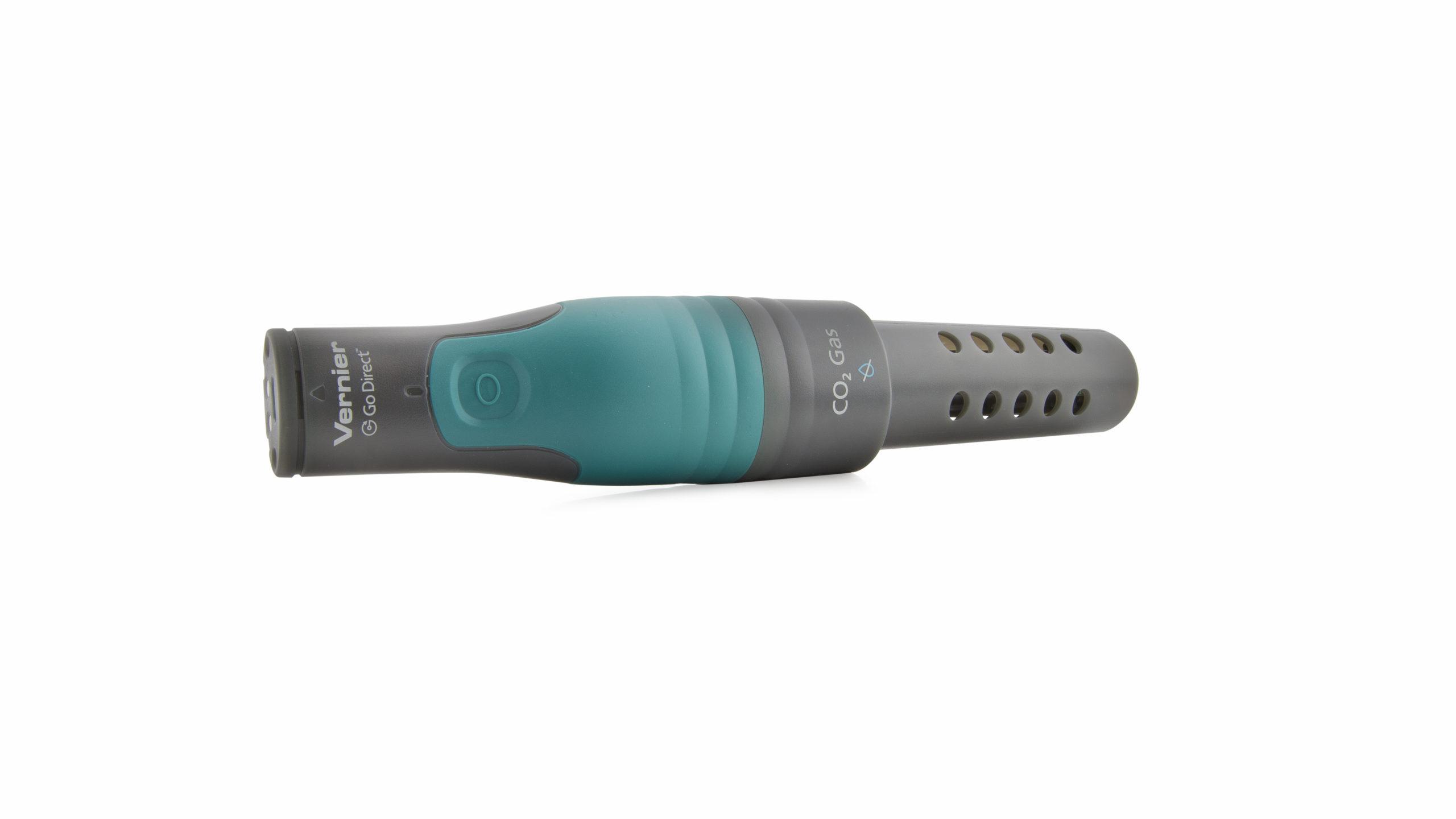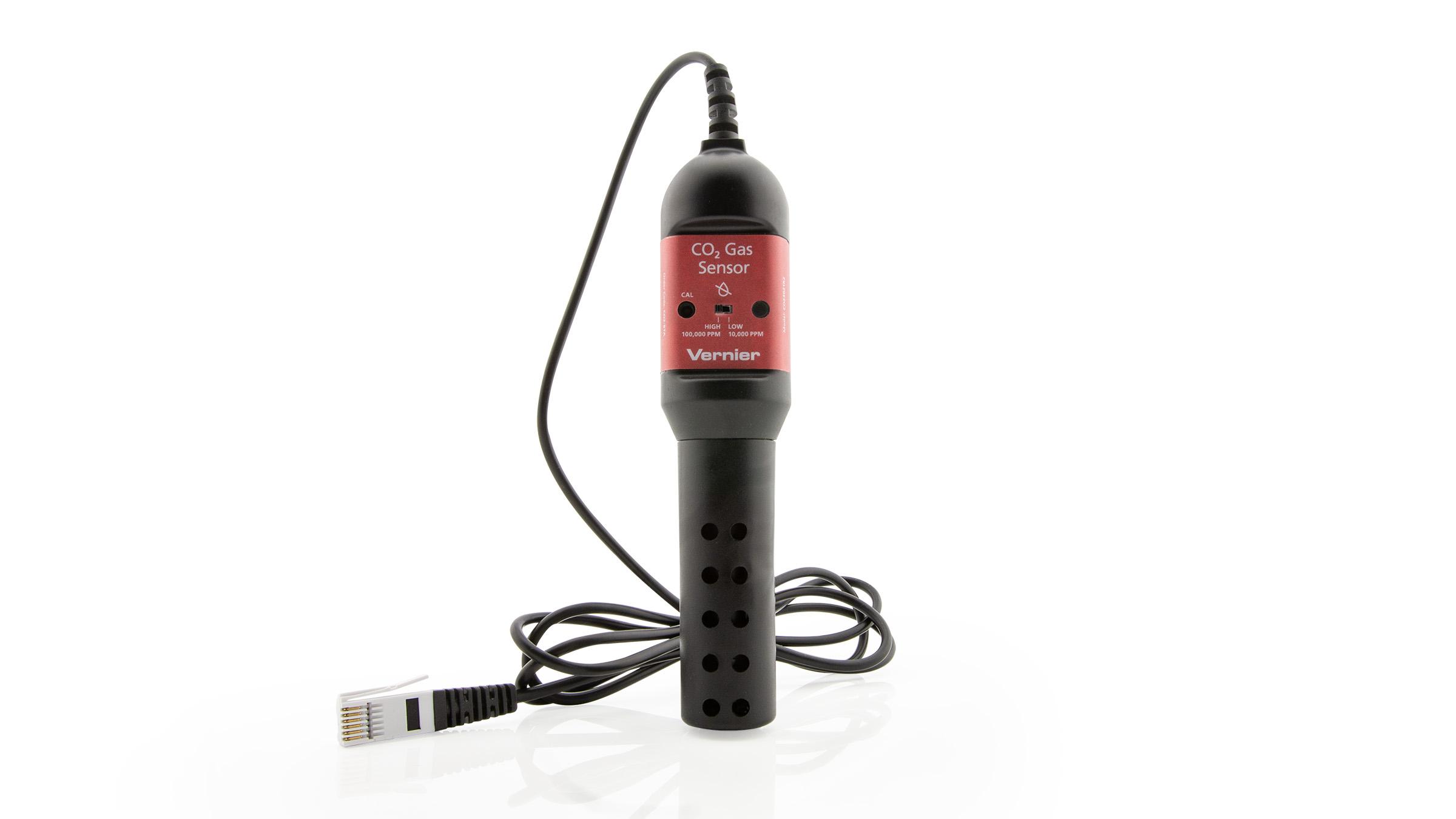
Introduction
In cold-blooded organisms, poikilotherms, there is a link between the temperature of the environment and the organism’s metabolic rate. Reptiles are a common example of a cold-blooded organism with which most people are familiar. If you have ever seen a lizard or snake in the early morning when the air and ground are cool, you may have noticed how slowly they move. They move slow when the environment is cold because they require heat from their surroundings to increase their internal temperature and metabolism. Once their internal body temperature has warmed, they can metabolize foods more quickly and produce the energy they need. Oxidative respiration is the process of metabolism where sugars are broken down. Under aerobic conditions, respiration yields chemical energy, carbon dioxide, and water.
Crickets will be used to study the effect of temperature on the metabolism of cold-blooded organisms. You will determine how temperature affects the respiration rate of crickets by monitoring carbon dioxide production with a CO2 Gas Sensor.
Objectives
In this experiment, you will
- Use a CO2 Gas Sensor to measure concentrations of carbon dioxide.
- Determine the rate of respiration by crickets at different temperatures.
- Determine the effect of temperature on metabolism of crickets.
Sensors and Equipment
This experiment features the following sensors and equipment. Additional equipment may be required.
Option 1

Option 2

Ready to Experiment?
Ask an Expert
Get answers to your questions about how to teach this experiment with our support team.
- Call toll-free: 888-837-6437
- Chat with Us
- Email support@vernier.com
Purchase the Lab Book
This experiment is #23B of Biology with Vernier. The experiment in the book includes student instructions as well as instructor information for set up, helpful hints, and sample graphs and data.

